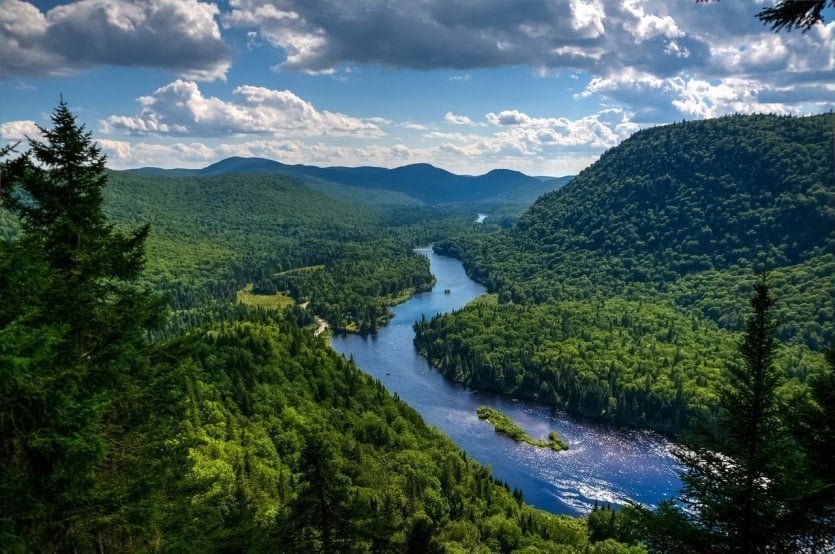
As vast as almost twenty times the size of France, Canada 's 42 national parks are home to an unspoiled wilderness. The diversity of its landscapes is unique: dense forests, rugged mountains and gigantic lakes form an exceptional setting where incredible endemic wildlife lives in peace. Moose, polar bears and majestic whales all share the limelight. For a breath of fresh air (and we really need it right now!), we've selected the 15 most beautiful national parks in Canada. On the practical side, it's important to note that an Electronic Travel Authorization (ETA) is now required to enter Canada. Although it is required to enter Canada by air or sea, if you are crossing the border by land in the hope of exploring these parks, an AVE is not necessary.
1. Banff National Park, a priceless treasure
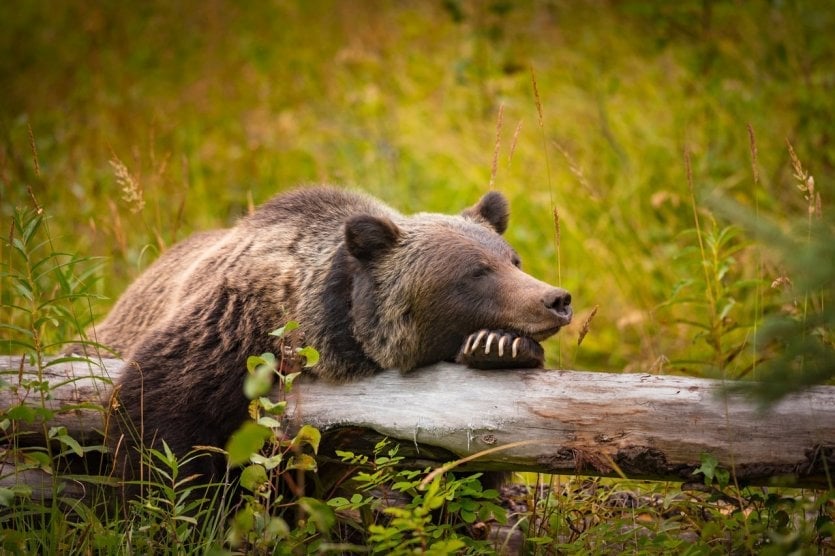
We've already ranked it among the world's most beautiful national parks, so it was only natural that Banff National Park should feature in this article! Created in 1885, it was Canada's first national park. In the heart of the Rockies, it is home to a wealth of wildlife and exceptional vistas. Hikers will love the trails winding through dense forest and lush green valleys. Among the park's jewels are two lakes set in the mountains: Lake Louise, where the tour begins, and Moraine Lake. And what about the natural hot springs where you can relax while admiring the breathtaking scenery? Banff National Park is an adventure paradise, with skiing in winter, rock climbing in summer, and abundant wildlife year-round. A must-see. Fly over the lakes and peaks of Banff National Park by booking your gondola ticket here ticket for the Banff Gondola !
2. Kootenay National Park, a green oasis

Once again, head to the Rockies to admire the richness of Canada's natural sites! Four contiguous national parks are located in these mountains. In addition to the aforementioned Banff, they include Jasper, Yoho and Kootenay. The diversity of the latter is remarkable: from valley to valley, you'll find glaciers (along the Vermilion River) and cacti (along the Kootenay River). The backdrop is the majestic Purcell Mountains. If you're lucky, you may spot elk, elk and other wildlife. In spring, you may even spot black and grizzly bears.
3. Thousand Islands National Park, an archipelago of granite
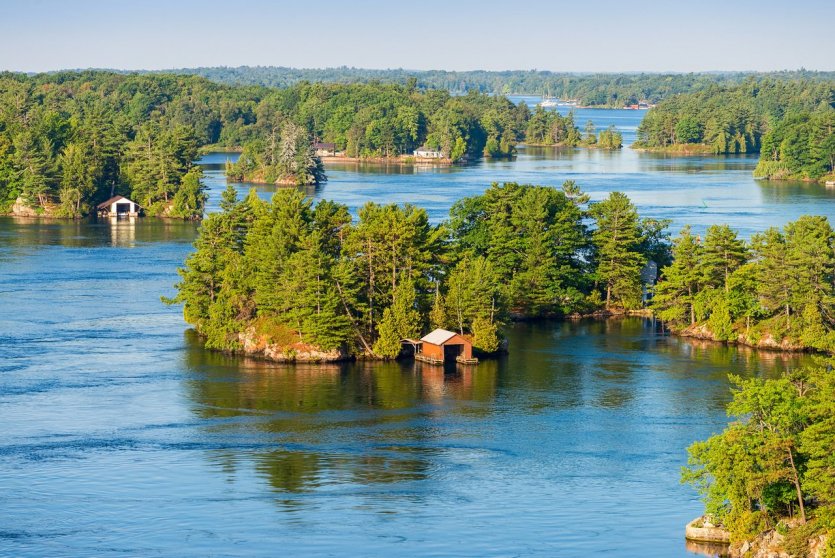
In Ontario, the twenty or so islands that dot the St. Lawrence River between Kingston and Brockville form a national park. To visit these jewels, you'll need a boat. Nature lovers will be delighted to explore the trails, watch the migratory birds that stop here and bask on the pebble beaches. Water sports are king here, whether it's peaceful canoeing, adventurous kayaking or relaxing fishing. You can rent a canoe on site or embark on one of the many organized cruises. This exceptional landscape is much sought-after, and many of the islands are privately owned, so you won't be alone when you visit! Discover the Thousand Islands archipelago from a new angle by helicopter !
4. Auyuittuq National Park, the Arctic getaway
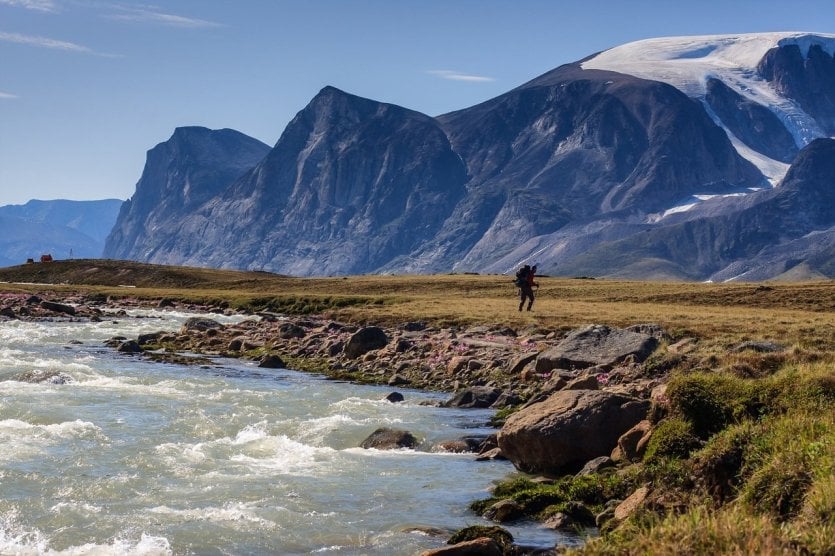
In northern Canada's Nunavut region, Auyuittuq National Park offers an exceptional panorama of glaciers, fjords and mountains. The Far North in all its beauty! Auyuittuq means "the land that never melts" in Inuktitut, an Inuit dialect. If the park's local flora is rich, its fauna is even more so: caribou, polar bears, arctic foxes and seals are all to be found here. However, this is not a destination for the faint-hearted. The Arctic climate can be unforgiving, with freezing temperatures even in summer. But for those ready to face the elements, Auyuittuq National Park will ensure wild adventure and raw beauty that leave lasting memories. Prepare to be amazed by nature in all its splendor.
5. Cape Breton Highlands National Park, between two waters
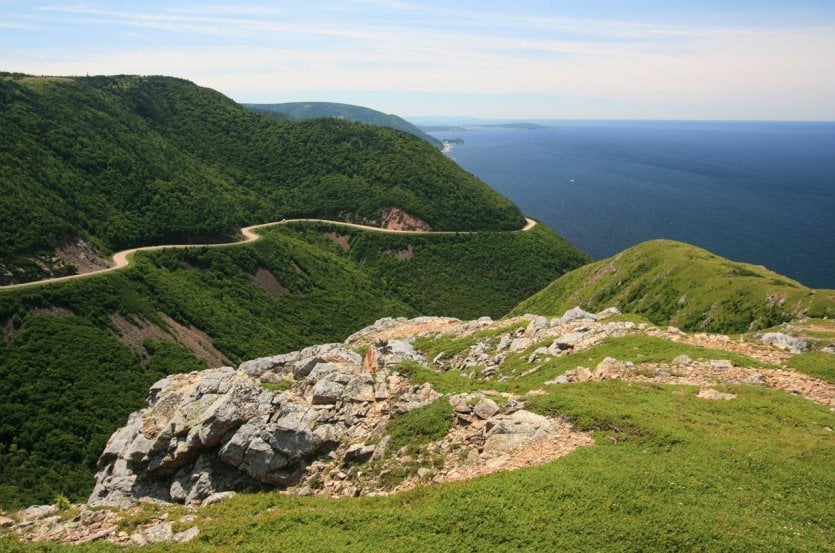
In eastern Nova Scotia, Cape Breton Highlands National Park nestles between the Gulf of St. Lawrence and the Atlantic Ocean. A succession of spectacular panoramas, the visit is even more enjoyable in winter when the hiking trails become cross-country ski or snowshoe trails. The park's 950 km² of wilderness is covered in forest (Acadian, boreal and taiga), home to beavers, brown bears and bald eagles. Don' t miss the famous Cabot Trail, one of the world's most picturesque coastal roads, which winds through the park.
6. Bruce Peninsula National Park, diving in turquoise waters

Nestled between Lake Huron and Georgian Bay in Ontario, the landscape of Bruce Peninsula National Park features towering cliffs, turquoise waters and thick forests. Geology buffs will be fascinated by the spectacular karst formations, including caves and sinkholes, that abound in the region. Hikers will delight in the winding trails that offer panoramic views of the rugged coastline and Lake Huron. If the park were still underwater, it's said to contain a wealth of life as great as that of Australia's Great Barrier Re ef! Its hiking trails are worth the detour if only for the sublime panoramas they open onto. Not to be missed during a visit: the coastal grotto known as Grotto, for its crystal-clear waters.
7. Parc national du Bic, Quebec beauty
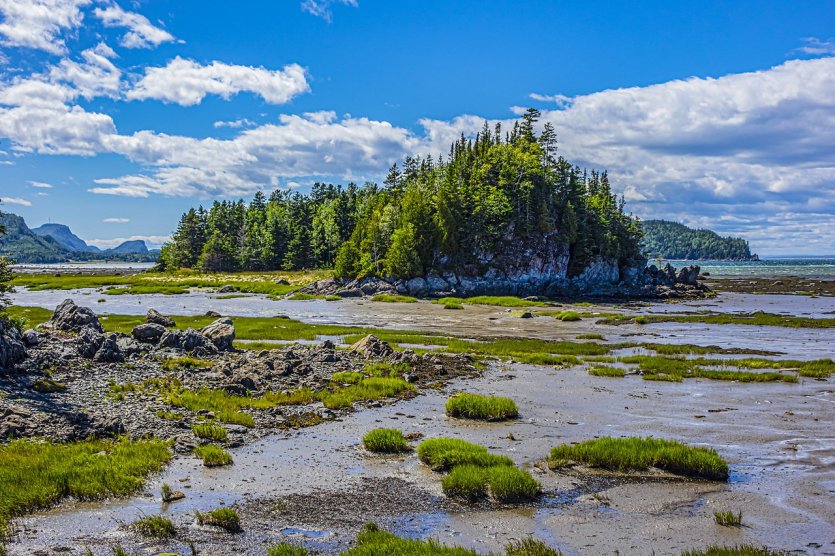
This Quebec national park is located in the maritime estuary of the St. Lawrence River. Its 33 km² are home to mountains, bays and coves with unforgettable names, from Île Bicquette to Anse à Mouille-Cul! The poetry here lies in the landscape, a haven of peace where nature reigns supreme. The coastal scenery is breathtaking, with cliffs, bays and islands inhabited by fascinating marine life. Seals, belugas, thousands of birds and sumptuous sunsets can all be observed. In winter, snowshoeing and Nordic skiing are on offer. In summer, sea kayaking, hiking and biking are the order of the day! Come aboard for an experience you'll never forget.
8. Pacific Rim National Park, between land and sea
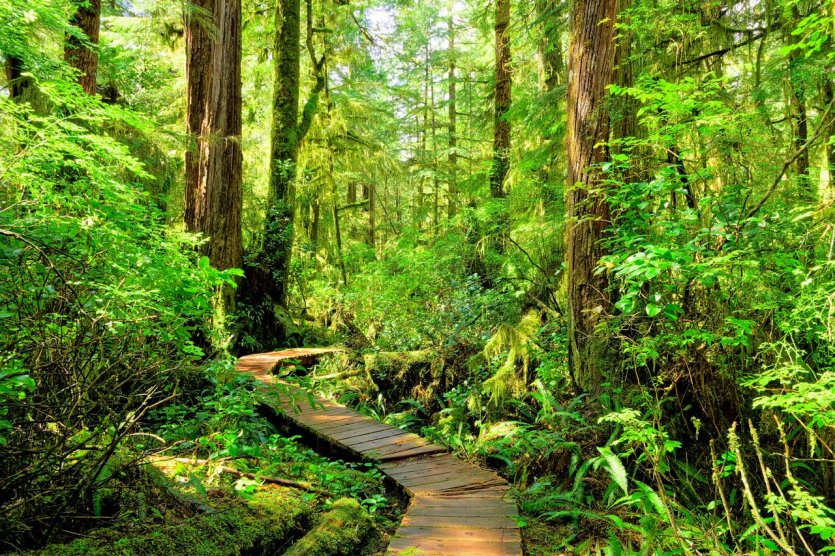
On the west coast of Vancouver, British Columbia, Pacific Rim National Park is, as its name suggests, bordered by the Pacific Ocean. Here, you'll find beautiful beaches like Long Beach and its white sand. Offshore, it's not uncommon to spot whales and other marine life. The park is also home to the legendary West Coast Trail, much sought-after by hikers. Explore the lush rainforest, where trails wind their way through towering ancient trees, home to remarkable biodiversity. Birdwatchers will be delighted with the multitude of migratory birds they can observe. And don' t miss the Kwisitis Interpretation Center to learn more about the coastal ecosystem.
9. Jasper National Park, in the heart of the Rockies
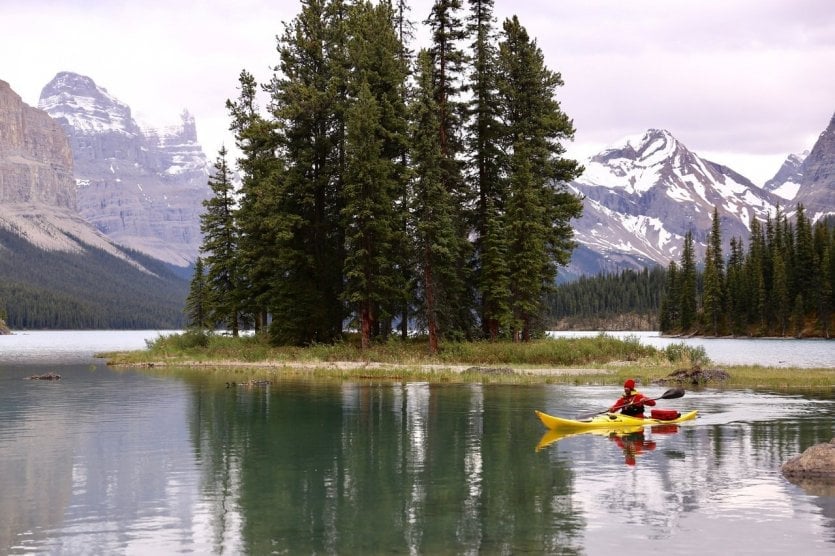
The largest park in the Rocky Mountains! At 10,878 km², Jasper National Park has managed to retain its wilderness character despite the many visitors who travel its 1,500 km of trails. The scenery in Jasper National Park is breathtaking, with snow-capped peaks, crystal-clear lakes and towering glaciers. Maligne Lake, famous for its emerald color, is a natural wonder not to be missed. For a unique experience, don 't miss the famous SkyTram, which takes you to the top of Whistlers Mountain for a 360-degree view of the Rockies. Among the most famous sites are the Miette hot springs, where you can bathe in water that's always warm. And don 't miss the majestic Athabasca Glacier and its namesake waterfalls.
10. Gros Morne National Park, a variety of landscapes
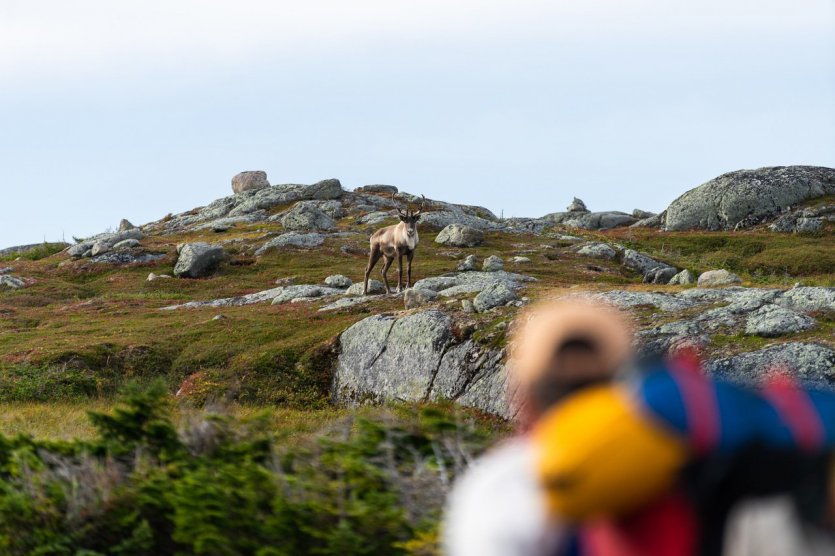
This national park is named after the second highest peak on the island of Newfoundland, Gros Morne, at 806 m in altitude. In addition to this majestic mountain, the park's 1,805 km² surface area is home tounspoiled nature and a geological formation dating back 1,250 million years. Its landscape of rugged mountains, fjords and picturesque fishing villages such as Rocky Harbour and Lobster Cove makes it an ideal destination for hikers. The park offers a multitude of trails, including the Gros Morne trail, which offers spectacular views from steep peaks. You'll also be fascinated by the variety of migratory birds that call here.
11. Fundy National Park, a little closer to the stars
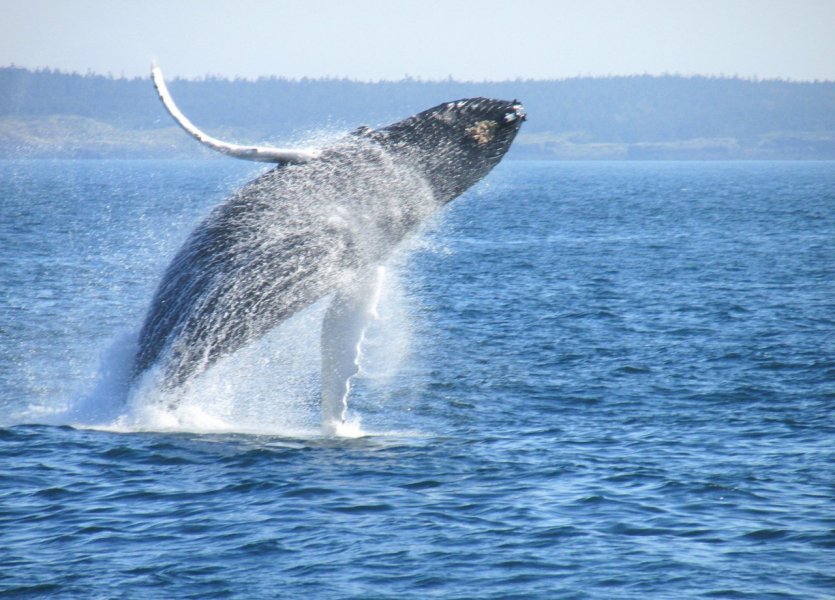
Fundy National Park in New Brunswick is both a UNESCO Biosphere Reserve and a Dark Sky Preserve of the Royal Astronomical Society of Canada. Nature has been particularly generous in this park, which features both a maritime coastal environment and a plateau of hills with deep river valleys. The park's most famous feature is undoubtedly its tides, which are the highest in the world, transforming the coastal landscape twice a day. The Bay of Fundy is a breathtaking sight, with its spectacular cliffs and golden sand beaches. This park is an ode to nature's grandeur, offering an experience that will leave you speechless.
12. Parc national des Grands-Jardins, a green setting
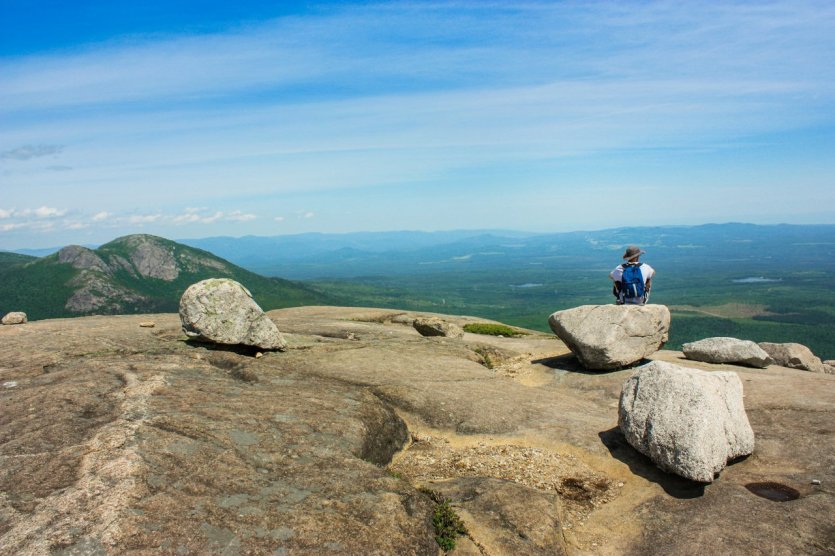
The name " Grands-Jardins" is derived from the typical vegetation of the Far North, where tundra and taiga reign supreme. This Quebec national park, at the very heart of the Charlevoix Biosphere Reserve, has delighted hikers and fishermen for over 100 years. The Grands-Jardins mountains offer spectacular scenery, with peaks, valleys and dense forests as far as the eye can see. Hikers are drawn here by a variety of trails, including the popular Mont-du-Lac-des-Cygnes trail, which offers breathtaking panoramic views. Climbing, hiking and winter sports such as snowshoeing and Nordic skiing are among the many activities on offer.
13. Parc national des Monts-Valin, at altitude
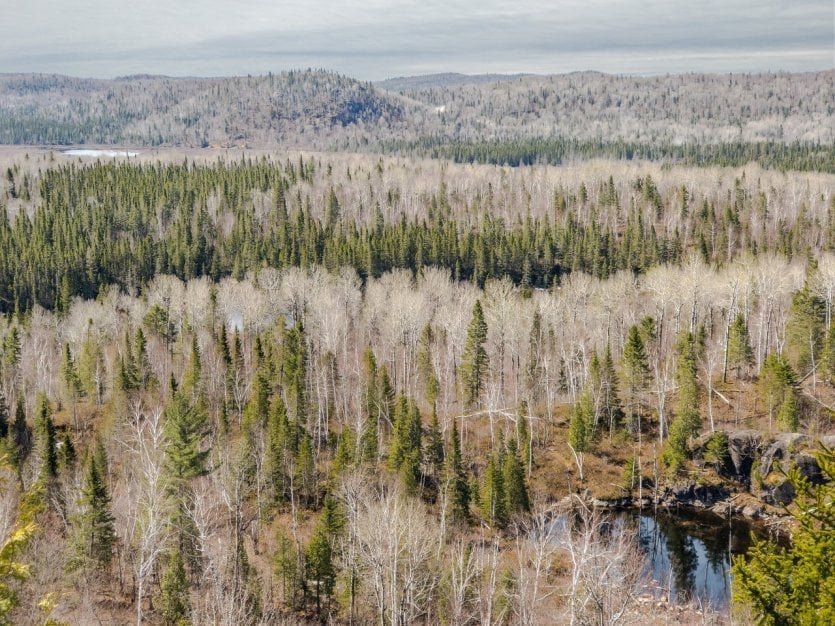
You can't miss it: Parc national des Monts-Valin dominates Quebec's Saguenay region, thanks to high peaks like Pic de la Hutte. Each season has its own surprises in store, and the Monts-Valin offer a breathtaking landscape. In summer, the Valin River can be canoed, in autumn and spring, nature reveals all its beauty on a long hike, while in winter, the ubiquitous snow makes for great Nordic skiing. Hikers will be delighted by the trails winding through valleys and ridges, offering breathtaking panoramas. Outdoor enthusiasts will be delighted by the range of activities on offer, from downhill skiing in winter to hiking, canoeing and fishing in summer.
14. Prince Edward Island National Park, Atlantic Canada
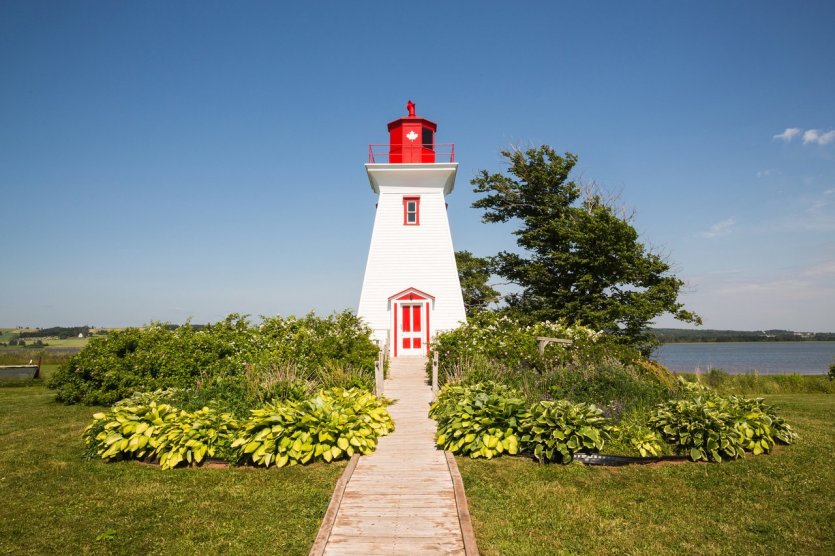
In the Gulf of St. Lawrence, Prince Edward Island is home to a unique ecosystem, preserved thanks to its national park status. Between the Acadian forest and the Atlantic Ocean, you'll discover fine sandy beaches, dunes, red sandstone cliffs and salt marshes. These golden sand beaches, bordered by the warm waters of the Gulf of St. Lawrence, are among the most beautiful in the country. In terms of wildlife, several species are particularly protected because they are endangered, such as the piping plover and the little brown bat. Seal and seabird watching is a must along the rugged coastline. The park also offers water sports such as canoeing, kayaking and fishing, as well as excursions to discover the island's culture and history.
15. Parc national de la Jacques-Cartier, a wildlife sanctuary
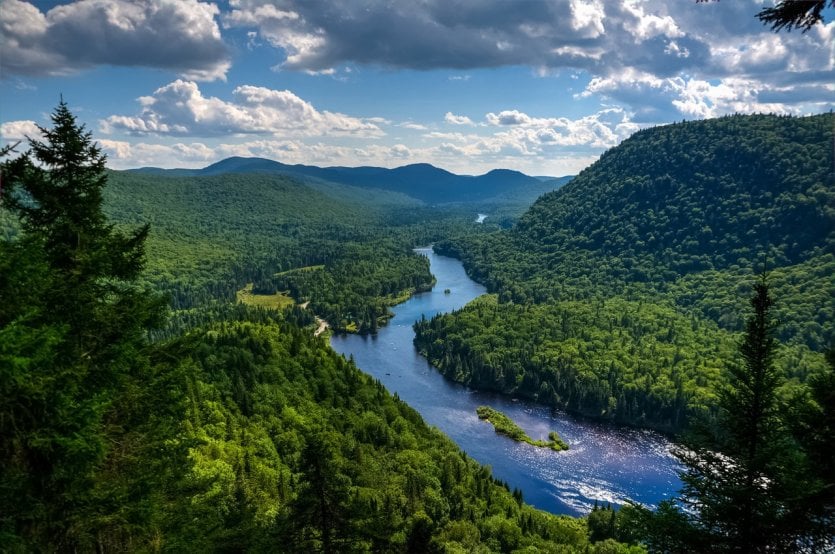
What better setting could there be for the Jacques Cartier River? This national park, located just 30 minutes from Quebec City, is home to a unique array of flora and fauna, all waiting to be discovered on a hike through the mountains. You might come across a black bear, a wolf, a lynx or, more reassuringly, a beaver! A park that appeals to young and old alike, with a wide range of activities accessible to all, from snow scooters to torch-lit hikes. Kayaking on the Jacques-Cartier River is an unforgettable experience, allowing you to discover the park from a unique vantage point. Stargazing in the night sky is another not-to-be-missed activity. Book your hike (departing from Quebec City) in Parc national de la Jacques-Cartier to admire its spectacular scenery!
Discover also our top 5 most beautiful lakes in Alberta, Canada!
What are Quebec's best-known national parks?
Parc national de la Gaspésie: this park is renowned for its breathtaking mountain scenery, rugged peaks, hiking trails and abundant wildlife, including woodland caribou.
Parc national du Mont-Tremblant: located near the Tremblant region, this park is one of Quebec's oldest national parks. It offers superb hiking trails, lakes for swimming and a variety of outdoor activities.
Parc national de la Mauricie: this park is characterized by dense forests, winding rivers and picturesque lakes. Visitors can enjoy canoeing, hiking and wildlife observation.
What's Canada's largest park?
Canada's largest national park is Wood Buffalo National Park. Located in the provinces of Alberta and the Northwest Territories, it covers a massive area of over 44,807 square kilometers, making it the largest national park in Canada and the second largest in the world, after Taimyr National Park in Russia. Wood Buffalo National Park is renowned for its wildlife, including the world's largest population of plains bison, and for its varied landscapes, ranging from vast plains to swamp and boreal forest ecosystems. The park is also a UNESCO World Heritage Site for its ecological importance in preserving habitat for plains bison and sandhill cranes.
Which country has the most national parks?
The United States is the country with the most national parks in the world. It has over 60 national parks, managed by the National Park Service, an agency of the U.S. federal government. These national parks vary enormously in size, landscape and ecosystem, offering visitors a wide variety of natural and cultural destinations. Some of America's most famous national parks include Yellowstone National Park, Yosemite National Park, Grand Canyon National Park, Great Smoky Mountains National Park, Zion National Park and many others. Each of these parks has its own unique features and attracts millions of visitors every year.
Interested in a vacation in Canada? Take advantage of a discount by booking your travel insurance here, and leave with peace of mind!


